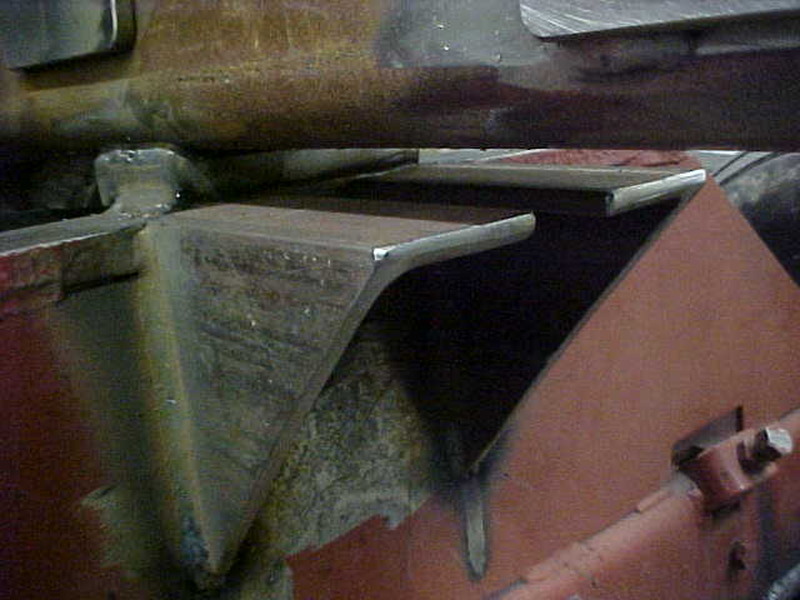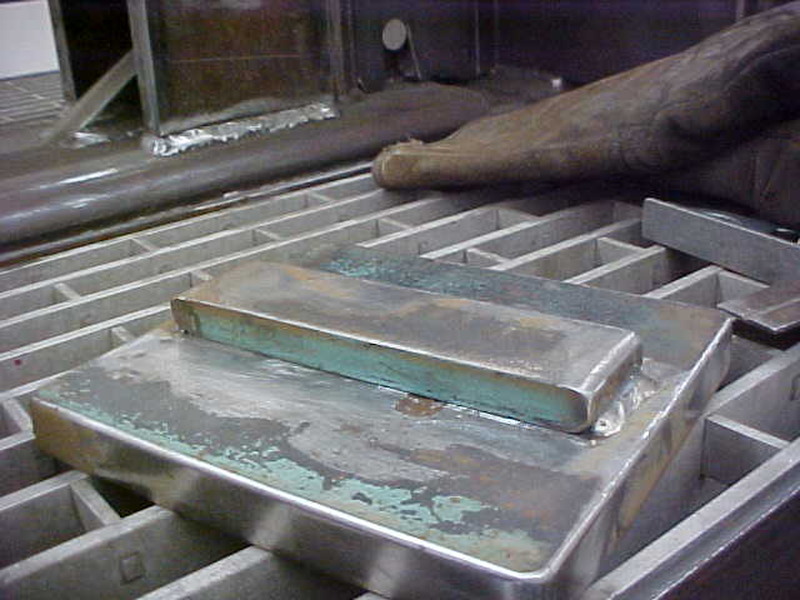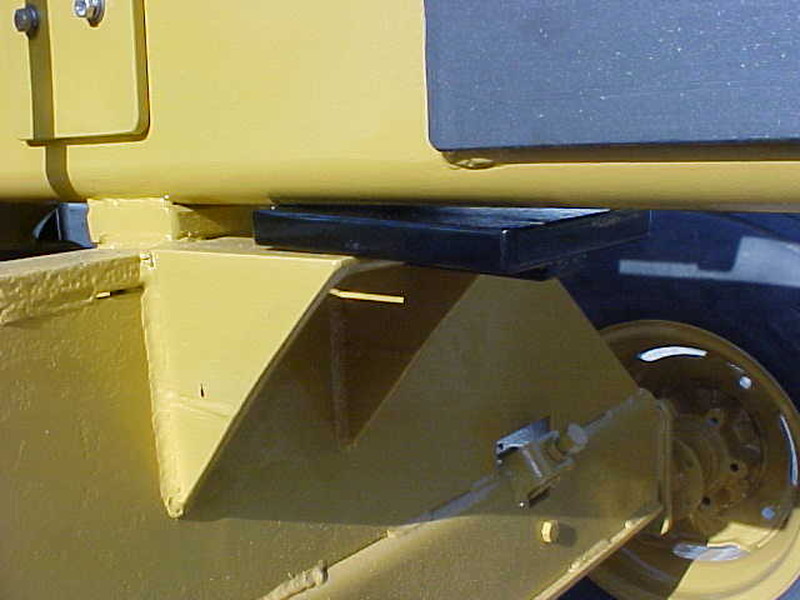D Chaplin
ArboristSite Lurker
- Joined
- Nov 11, 2014
- Messages
- 31
- Reaction score
- 10
I'm going to start selling firewood next season and I'm planning a new design for my next log splitter build. I did a short video of the last one I built and posted it on Youtube here: . I'm fascinated with some of the new machines from Eastonmade and Timberwolf but I love fabrication and enjoy building these things. Anyhow this last one was an awesome learning experience and looking to build an even faster machine this time. Something with a 28 gpm pump and a 4.5" cylinder with a 3" bore. I'm trying to get cycle times down to 4-5 secs and planning to build a 7 way box wedge and a 6 way wedge also
I cut all my firewood at 16" but the cylinders are all 24" which means you waste a lot of time with unnecessary stroke. I'm trying to come up with a solution to limit the stroke to 18" without permanently shortening the stroke. There are some videos on YouTube where guys have machined bushings that went inside the cylinder and limited the stroke with a 3-4" bushing. However, I want something less permanent in case I ever got into boiler wood or something other than just fireplace/bundle wood.
I'm wondering if you drilled 2-4 holes in the beam and bolted a plate across that would catch your push block on the return stroke if that would quickly build pressure enough to trip the autocycle valve or not. The concern of course is the speed at which this would retract because a properly plumbed cylinder with a diverter valve would move at approximately 12-13" per second in the return stroke. Combine that with the sudden stop (over and over) and I can see that being like a battering ram every return stroke.
But then again I also wonder if that would be any different than the cylinder fully retracting and bottoming out every stroke because that valve is tripped every cycle by the sudden spike in pressure from the cylinder reaching the end.
I've never seen anything like this on any commercial splitters so I'm guessing there is probably a reason for it but I wanted to ask the larger audience.
I cut all my firewood at 16" but the cylinders are all 24" which means you waste a lot of time with unnecessary stroke. I'm trying to come up with a solution to limit the stroke to 18" without permanently shortening the stroke. There are some videos on YouTube where guys have machined bushings that went inside the cylinder and limited the stroke with a 3-4" bushing. However, I want something less permanent in case I ever got into boiler wood or something other than just fireplace/bundle wood.
I'm wondering if you drilled 2-4 holes in the beam and bolted a plate across that would catch your push block on the return stroke if that would quickly build pressure enough to trip the autocycle valve or not. The concern of course is the speed at which this would retract because a properly plumbed cylinder with a diverter valve would move at approximately 12-13" per second in the return stroke. Combine that with the sudden stop (over and over) and I can see that being like a battering ram every return stroke.
But then again I also wonder if that would be any different than the cylinder fully retracting and bottoming out every stroke because that valve is tripped every cycle by the sudden spike in pressure from the cylinder reaching the end.
I've never seen anything like this on any commercial splitters so I'm guessing there is probably a reason for it but I wanted to ask the larger audience.










